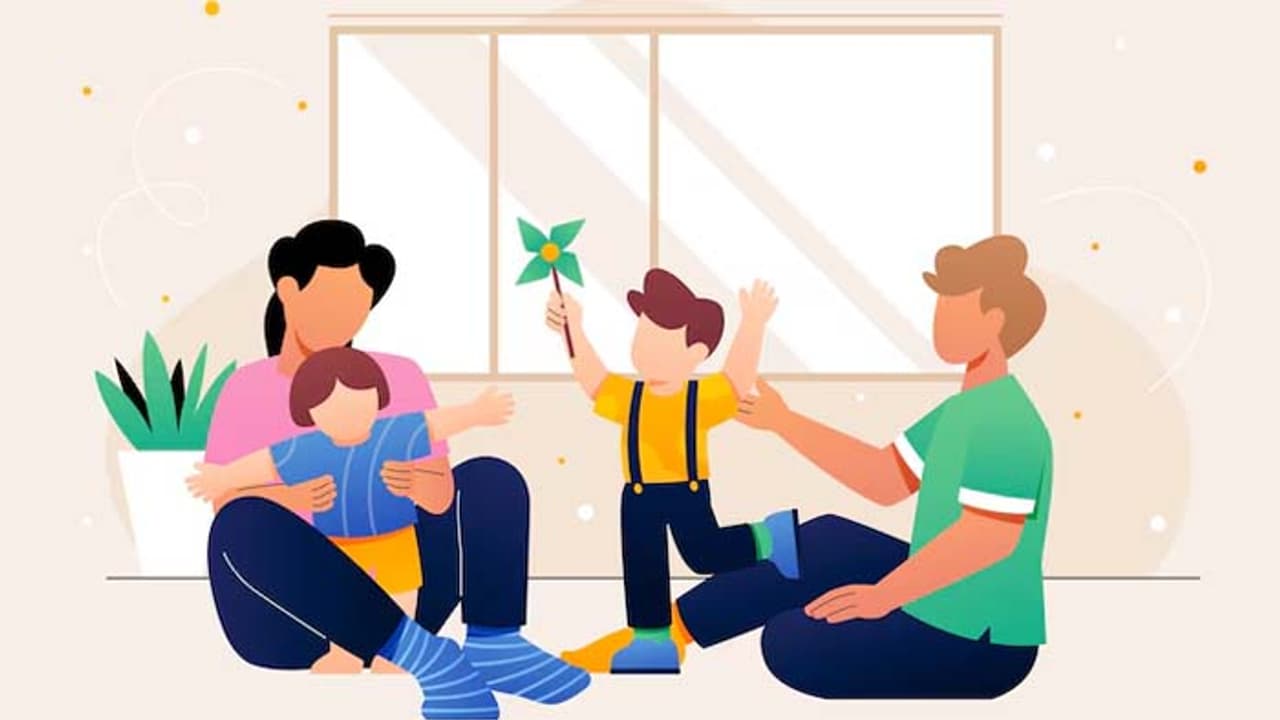Here's why parents can prepare children for gadget-free living and the most significant advantages of curbing screen use.
Technology surrounds us, and children today grow up with screens around them. Technology is helpful but too much of it stifles creativity, interpersonal skills, and exercise. Preparing children on how to exist without the assistance of gadgets results in stronger brains, improved relationships, and a healthier life.

How to train kids for 'Tech Free Lifestyle':
1. Establish Firm Boundaries on Screen Time
Kids require structure. Having rules for technology use provides them with a sense of when and how to use the screen. Some easy-to-follow rules are:
No telephones at mealtimes and family gatherings.
Restrictive screen use (e.g., 1–2 hours of screen time per day).
No devices at bedtime for enhanced sleep.
When parents demonstrate and adhere to the same guidelines, children automatically learn a healthier habit.
2. Introduce Enjoyable Offline Activities
Children tend to resort to screens when they get bored. Encourage them to have fun without screens by offering engaging activities such as:
Sports and games outside.
Drawing, painting, or crafting.
Reading books or writing their own stories.
Puzzles and board games with their family members.
Cooking, gardening, or DIY activities.
If children enjoy activities offline, they don't need gadgets anymore to amuse them.
3. Social Interaction & Communication
Too much screen time can reduce the effectiveness of a child in communication. Parents should encourage:
More face-to-face interactions.
Play with friends outdoors and playdates.
Quality time with family by engaging in common activities.
This makes children more confident and effective communicators without requiring electronic dialogue.
4. Teach Mindfulness & Self-Awareness
Children should be taught how too much screen time affects their body and mind. Parents can do this by:
Explaining why periods when technology must be turned off are necessary (for concentrating, imagination, and unwinding).
Including relaxing strategies such as yoga or meditation.
Teaching them when they get overwhelmed or exhausted because of screens.
Mindfulness enables children to control their habits and not gadgets.
5. Establish Tech-Free Zones in the Home
Limiting gadget usage is one of the simplest ways by setting up Tech-Free Zones, such as:
Bedrooms (no phone before bed time).
Dining spaces (for undistracted family moments).
Study spaces (to enhance concentration and knowledge absorption).
This enables children to form healthy habits without feeling unduly constricted.
Primary Advantages of a Screen-Free Life
Cutting back on screen time is not only enhancing concentration—it has long-lasting advantages such as:
Improved Sleep
Restricting screen time prior to bedtime results in healthier and sleepier sleep, making kids more energetic and refreshed.
Enhanced Social Skills
Hanging out with family and friends makes kids good communicators and nice to be around.
More Creativity & Imagination
Without screens, children must use their own imagination and creativity to play, learn, and discover.
Improved Physical Health
More time outside results in stronger muscles, improved posture, and improved eyesight compared to screen time.
Less Stress & Anxiety
Less screen and social media time keeps children calm, contented, and clear-headed.
Educating children for a technology-free life is not about eliminating technology altogether. It is about discovering a balanced life. By establishing clear limits, promoting offline time, and exhibiting the behavior, parents can offer children healthier habits, stronger minds, and better relationships.


